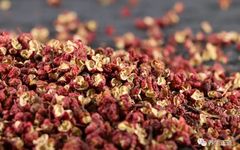↑ Click the above 【Health Preservation Path】 to follow us ↑
Introduction:
Blood stasis is one of the common pathogenic factors in Traditional Chinese Medicine (TCM). From a TCM perspective, diseases such as stroke, coronary heart disease, tumors, and liver cirrhosis are all related to blood stasis. What manifestations indicate the presence of blood stasis in the body? What TCM herbs should be used for different types of blood stasis during treatment?
//////////
Three Indicators of Blood StasisEditor-in-Chief / Han Xuejie et al.1Local Blood Stasis Syndrome
The main symptoms include localized stabbing pain, tenderness upon palpation, and masses. Liver cirrhosis presents as a mass, known in TCM as zheng jia, which can be painful upon pressure. Pain from coronary heart disease is often severe, typically manifesting as stabbing or constricting pain.
2Systemic Blood Stasis Syndrome
Main symptoms include cyanosis of the lips and nails, a purple tongue, and a choppy pulse. If a patient’s tongue shows purple spots, it indicates blood stasis. A completely purple tongue suggests not only blood stasis but also significant coldness; thus, it is necessary to use warming herbs like Gui Zhi (Cinnamon Twig) or Chuan Jiao (Sichuan Pepper). In Sichuan, using 10g to 20g is acceptable, but in the north, only 1g should be used, or the patient may not tolerate it.
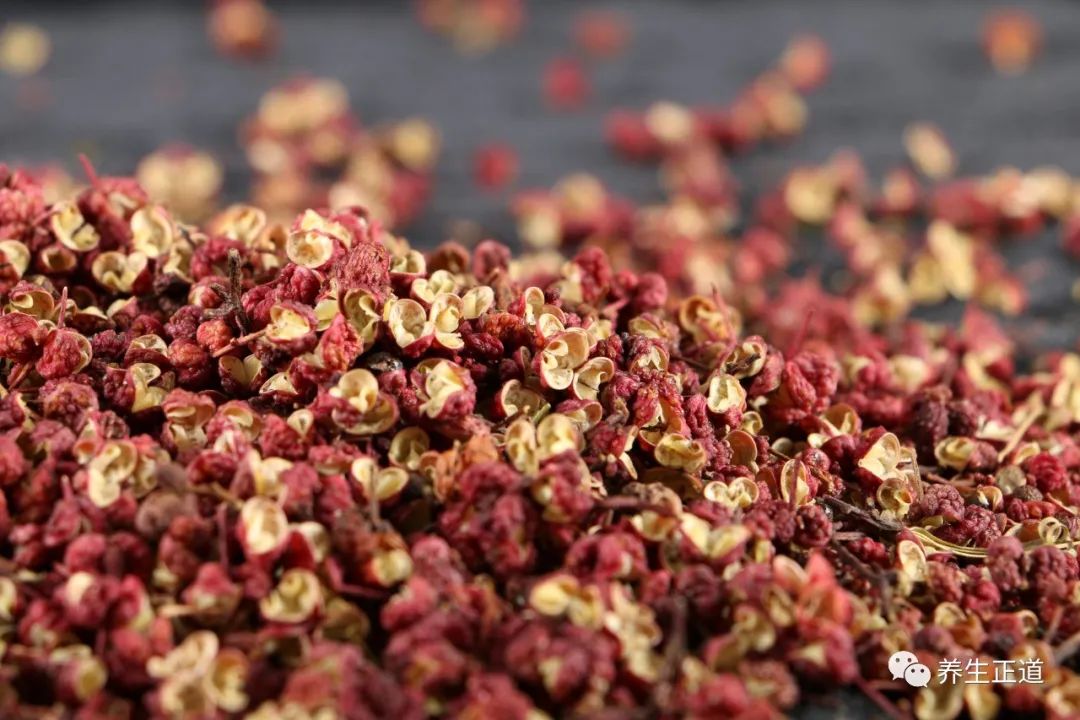
Image: Sichuan Pepper
3Abnormal Blood Discharge Syndrome
Main symptoms include bleeding and dark blood clots. One patient with lung cancer experienced continuous hemoptysis, and various hemostatic methods such as cooling blood and nourishing blood were ineffective. Upon examination, the blood color was dark and stasis was evident, with tortuous veins under the tongue. I prescribed Tao Hong Si Wu Tang (Peach Blossom Four Substance Decoction). I informed the family that for cancer patients, desperate measures are necessary; after a month without stopping the bleeding, there was a significant risk to life, and the family agreed. A junior doctor questioned whether we could still use blood-activating methods given the large volume of blood loss. I explained to the family that we had to take risks. After taking two doses of the medicine, the bleeding volume decreased, and within a week, it stopped, demonstrating the efficacy of TCM’s syndrome differentiation and treatment.
I identified that the abnormal blood was stasis and used blood-activating and stasis-resolving herbs, which is called qu yu sheng xin (remove stasis and generate new blood). Once the stasis was removed, new blood was generated, and the bleeding ceased. Other herbs were also added, including Hua Rui Shi (Flower Bud Stone), Xue Yu Tan (Blood Residue Charcoal), Chuan Bei Mu Fen (Chuan Bei Mu Powder), and San Qi Fen (Notoginseng Powder) in a 1:1:1:1 ratio. Hua Rui Shi and Xue Yu Tan are hemostatic herbs, while San Qi stops bleeding by invigorating blood. Why add Chuan Bei Mu? Because lung cancer patients often cough up blood, stopping the cough is essential to stop the bleeding. These four herbs were encapsulated in capsule No. 1, with each capsule containing 0.3g, and the patient was instructed to take 5 capsules at a time, equating to 1.5g of powder, 2-3 times a day. This treatment is effective not only for lung cancer but also for any patient experiencing hemoptysis.
Six Types of Blood Stasis Syndromes1Qi Stagnation and Blood Stasis
Manifestations include a deep and wiry pulse, distension, stabbing pain, tenderness upon palpation, and masses. In addition to resolving stasis, it is essential to regulate Qi. The two herbs used for regulating Qi are: one is Yu Jin (Curcuma), which invigorates blood and regulates Qi, making it the first choice; the other is Zhi Qiao (Bitter Orange Peel).
2Cold Congestion and Blood Stasis
Manifestations include a deep and slow pulse, tenderness upon palpation, dark color at the stasis site, a dark face, and relief from warmth. This type of blood stasis requires dispersing cold and resolving stasis. The two main herbs used are: Gui Zhi (Cinnamon Twig) and Wu Yao (Lindera).
3Heat Accumulation and Blood Stasis
Manifestations include a rapid and deep pulse, hard pain in the lower abdomen, and a state of agitation. This type of blood stasis requires clearing heat and resolving stasis. The two main herbs used are: one is Zhu Li Shui (Bamboo Juice), which is the water collected from boiling bamboo; the other is Quan Gua Lou (Whole Trichosanthes Fruit).
4Qi Deficiency and Blood Stasis
Manifestations include a thin and slow pulse, palpitations, fatigue, hemiplegia, and masses. This type of blood stasis requires tonifying Qi and resolving stasis. Heavy use of Sheng Huang Qi (Raw Astragalus) is recommended, at 30-60g, to tonify Qi. For resolving stasis, Di Long (Earthworm) can be used.
5Yang Deficiency and Blood Stasis
Manifestations include a thin, weak, and slow pulse, a dark face, cyanosis of the lips, abdominal distension, cold limbs, and swelling. This type of blood stasis requires warming Yang and resolving stasis. Warming Yang can be achieved with Lu Jiao Shuang (Deer Antler Velvet), while resolving stasis can be done with Hong Hua (Safflower).
6Yin Deficiency and Blood Stasis
Manifestations include a thin, wiry, and rapid pulse, emaciation, mild pain, and dry eyes. This type of blood stasis requires nourishing Yin and resolving stasis. The main herbs for nourishing Yin are Mai Dong (Ophiopogon) and Lu Gen (Reed Root), while Mu Dan Pi (Moutan Root) is used for resolving stasis.
Five Locations of Blood Stasis1Stasis Obstructing the Heart
Manifestations include a thin, knotted pulse, palpitations, stabbing pain, and abnormal mental state, often indicating arrhythmia and coronary heart disease. The main herbs are Su Mu (Sandalwood) and Sheng Shan Zha (Raw Hawthorn). These two herbs are unique; orthopedic doctors use Su Mu, while internal medicine doctors do not commonly use it.
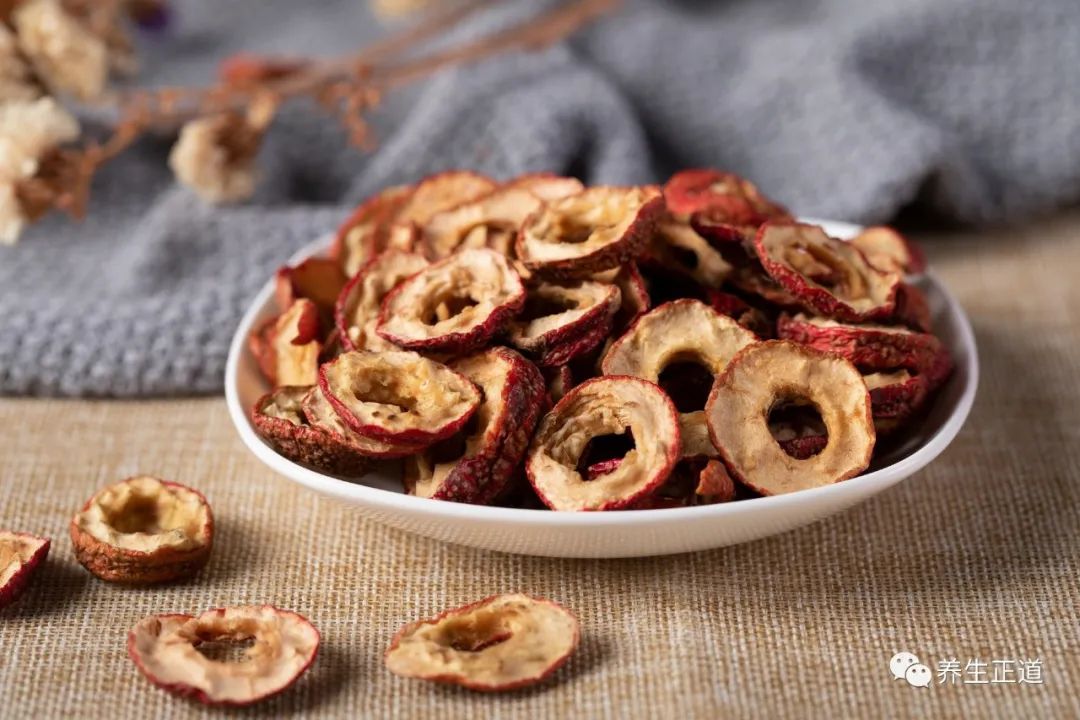
Image: Hawthorn
2Stasis Obstructing the Liver
Manifestations include rib pain and masses. The main herbs are Cu Bie Jia (Vinegar Soft-Shelled Turtle Shell) and Chi Shao (Red Peony). The dosage of Cu Bie Jia should be large, around 30g.
3Stasis Obstructing the Lung
Manifestations include rib pain and hemoptysis. The main herbs are Bo He (Mint) and Hua Rui Shi (Flower Bud Stone).
4Stasis Obstructing the Abdomen
Manifestations include masses, tenderness upon palpation, amenorrhea, and dysmenorrhea. The main herbs are Zei Lan (Lycopus) and Di Long (Earthworm).
5Stasis Obstructing the Limbs
Manifestations include swelling, muscle bleeding, and even purplish discoloration. The main herbs are Lu Lu Tong (Liquidambar) and Ji Xue Teng (Spatholobus).

Featured Book
《Shen Shaogong’s Clinical Experience Compilation》
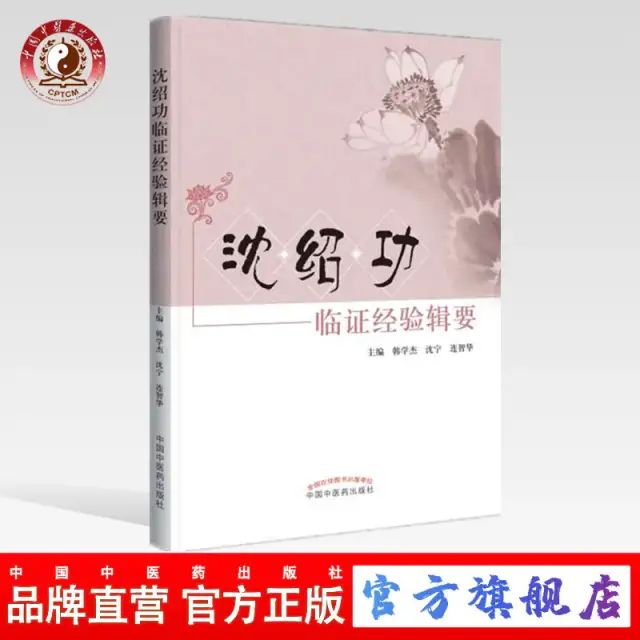
This book is a concentrated essence of Shen Shaogong’s academic thoughts, summarizing rich clinical experiences. It revolves around the “unit-based combination syndrome differentiation classification method,” clarifying the key to TCM diagnosis, highlighting accurate syndrome differentiation techniques, refining the practical efficacy of Chinese herbs, and emphasizing flexible application methods of formulas. It innovates strategies for treating common diseases across various specialties, making it a valuable clinical work that integrates theory, method, formula, and medicine, worthy of repeated study and practical application in clinical settings.
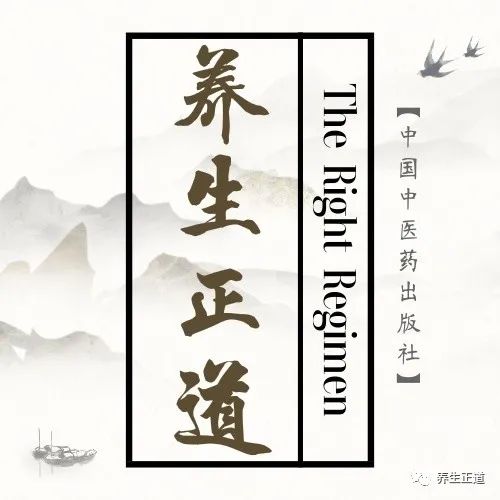
Health Preservation Path
Copyright Statement
This article is excerpted from 《Shen Shaogong’s Clinical Experience Compilation》, edited by Shen Shaogong◎Chief Reviewer,Han Xuejie, Shen Ning, Lian Zhihua◎Editors, published by China Traditional Chinese Medicine Press, copyright belongs to the relevant rights holders.All images are copyright images purchased by the publisher from the image network, please do not steal images.
For commercial cooperation or submissions: [email protected]
 Click “Read the Original” to purchase the book on the WeChat Youzan platform
Click “Read the Original” to purchase the book on the WeChat Youzan platform

